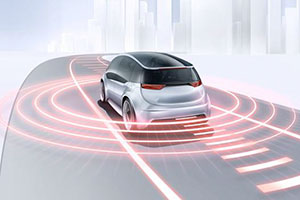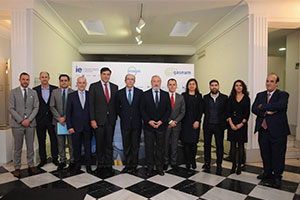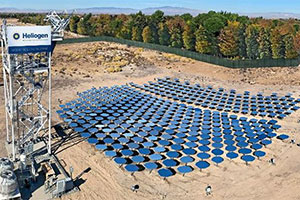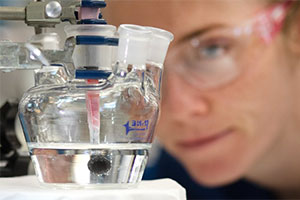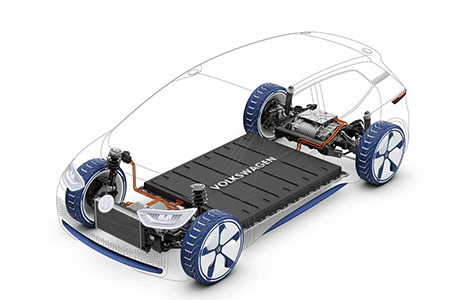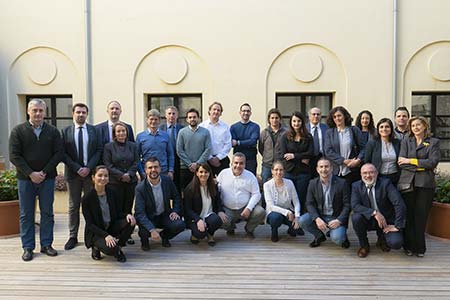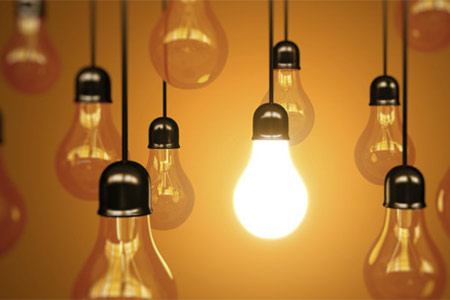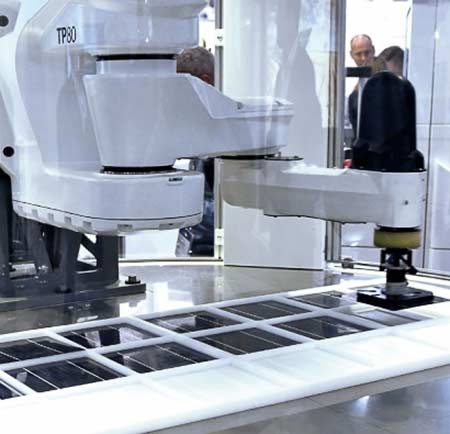DID YOU KNOW THAT …?
Did you know that Energy Transition Day has taken place? Sustainability in the Assembly Hall of CIEMAT organized by APPICE?

The presentation was given by the Director of the Department of Energy of CIEMAT, Mrs. María Luisa Castaño, who was accompanied by Mrs. Loreto Daza, President of APPICE and Head of the Hydrogen and Fuel Cell Group of the Institute of Catalysis and Petrochemistry (CSIC), and by Mr. Tomás González Ayuso, Head of the Fuel Cells and System Integration Unit of CIEMAT.




